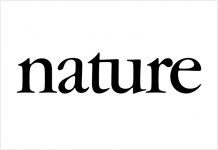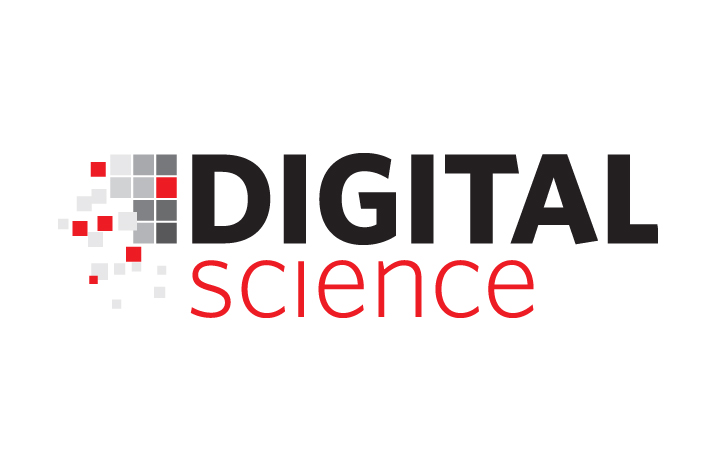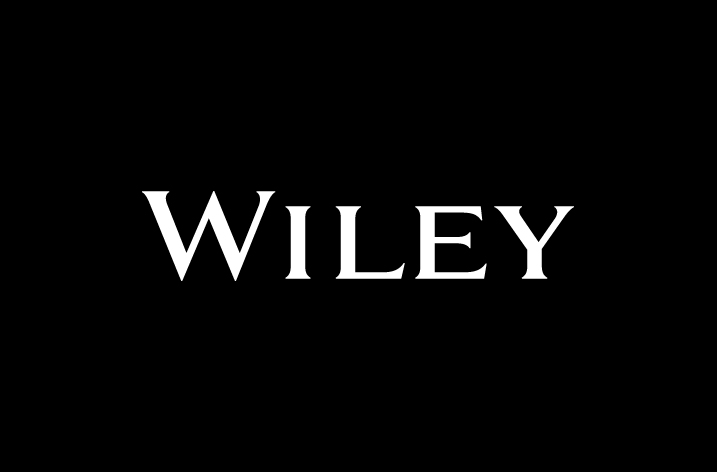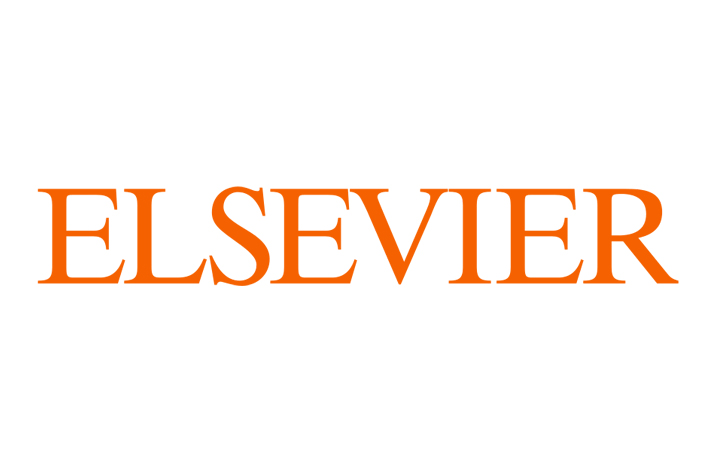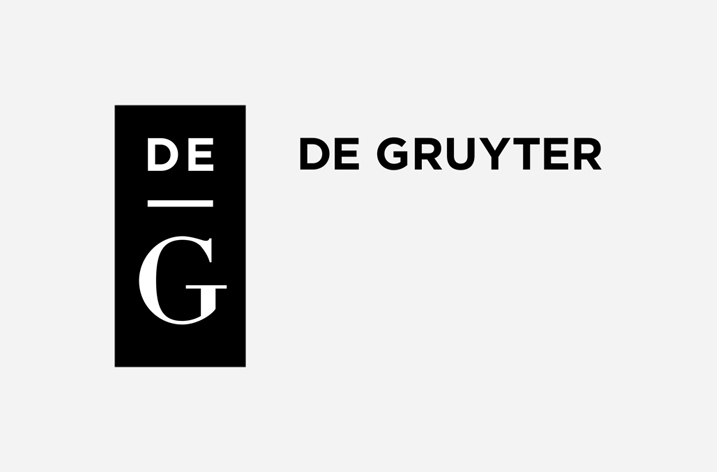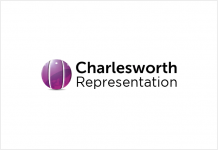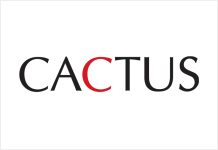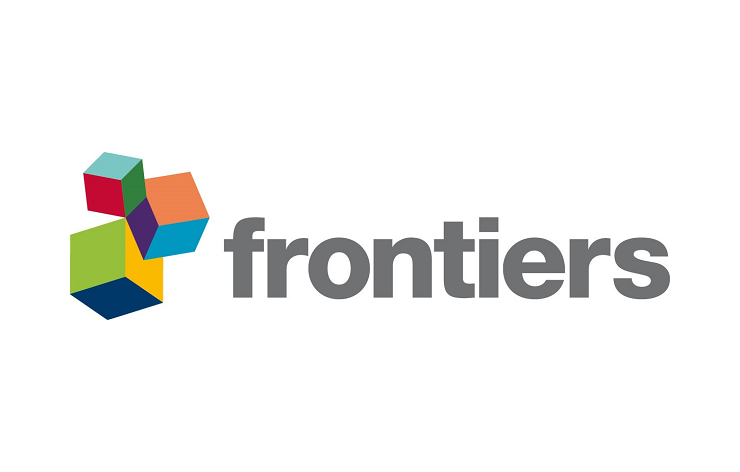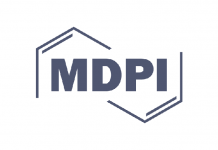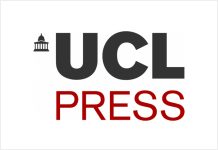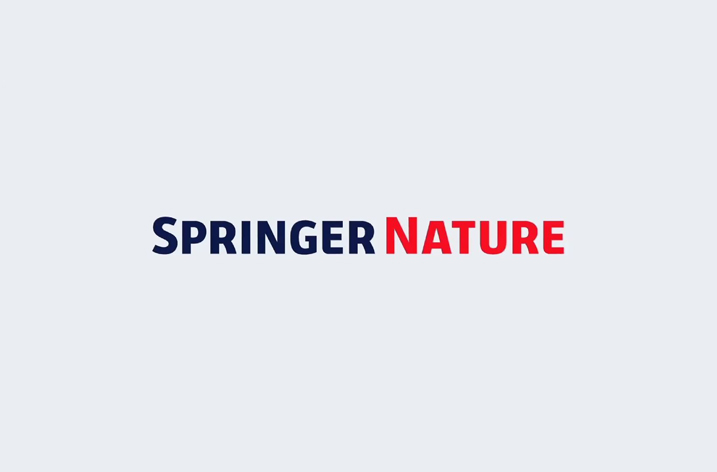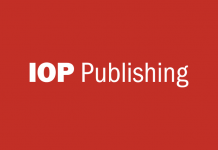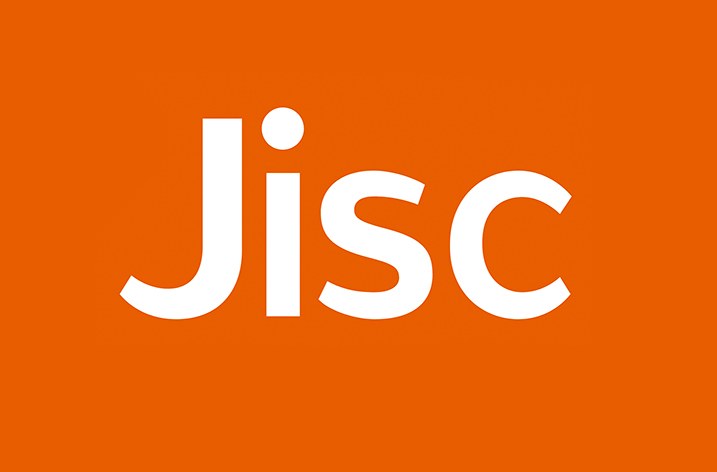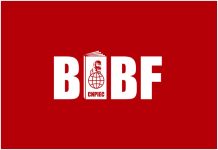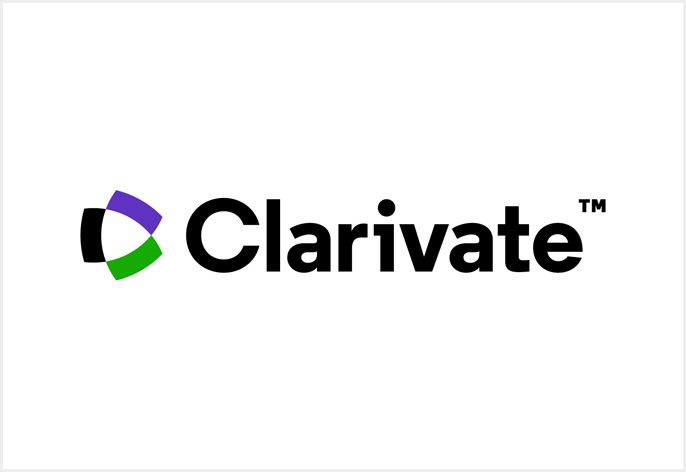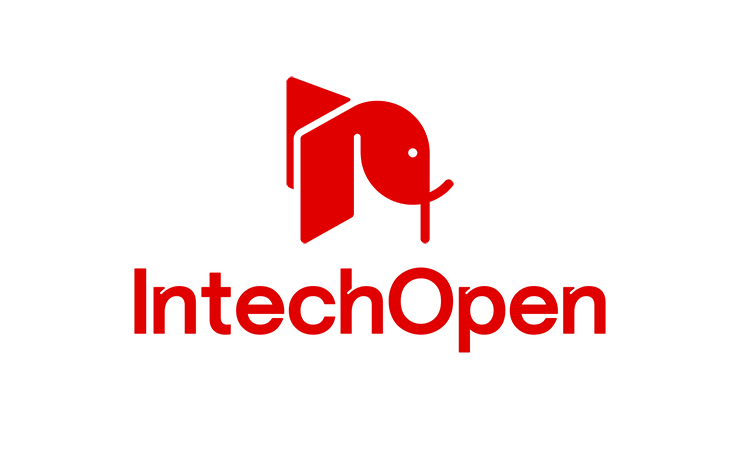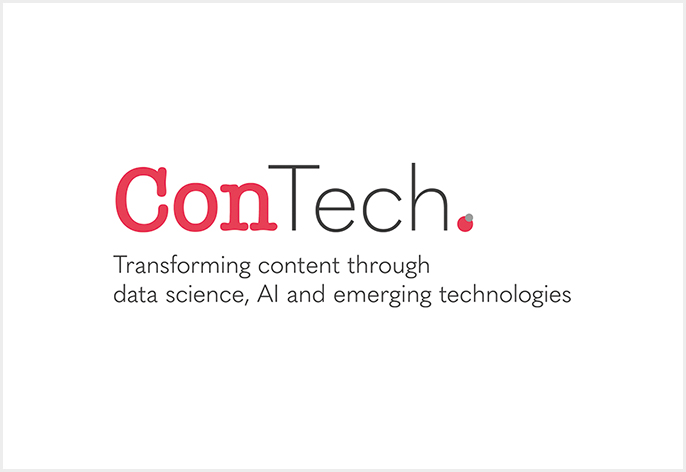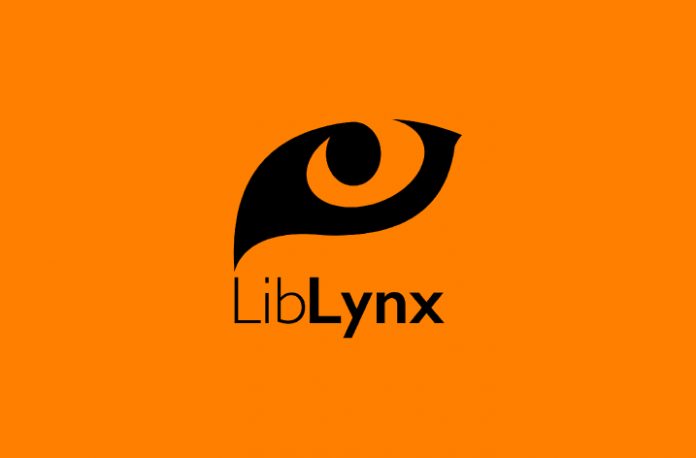Global giants Springer Nature, De Gruyter and Taylor & Francis join Wiley, Elsevier and SAGE Publishing to sign up to the Royal Society of Chemistry’s commitment for equality in publishing –
– Commitment has already hit milestones for inclusive author name change policies and newly launched six minimum requirements to foster inclusion and diversity –
An initiative to eliminate bias and discrimination in publishing has welcomed its 47th signatory in its first year – already including half of the world’s academic journals.
The Royal Society of Chemistry’s Joint Commitment for Action on Inclusion and Diversity in Publishing was launched after extensive research found several barriers to research publishing across genders and race. That was echoed in studies by a number of partner organisations, including publishing giants Elsevier, who became one of the early supporters of the RSC programme.
The latest signatories, Springer Nature, De Gruyter and Taylor & Francis Group, come as the RSC unveils the first widely-agreed minimum standards for inclusivity in scholarly publishing, upon which the industry can build a more inclusive future. This was one of the original aims of the group that publishers of over 15,000 peer-reviewed journals across the world agreed as a priority to proactively eliminate bias.
Dr Helen Pain, Royal Society of Chemistry CEO, said: “When we launched our Joint Commitment, we did so with the intention of making a far-reaching and meaningful change not only to publishing, but to the lives and careers of those people who may have been overlooked in the past through no fault of their own.
“With so many of the major players in academic publishing joining this commitment, we are one step closer to making a lasting and global impact and ending the unfair discrimination that has held so many people back for so long. And everyone benefits, as diversity leads to better research.”
The signatories of the Joint Commitment for Action on Inclusion and Diversity in Publishing have released six minimum standards to help cultivate an inclusive environment for all:
- Ensure inclusion and diversity are integrated into publishing activities and strategic planning
- Work to understand the demographic diversity of authors, editorial decision makers and reviewers, such as gender, geography and ethnicity data
- Acknowledge the barriers within publishing which authors, editorial decision makers and reviewers from under-represented communities experience and take actions to address them
- Define and communicate the specific responsibilities authors, editorial decision-makers, reviewers and staff members have towards inclusion and diversity
- Review and revise as appropriate the appointment process for editors and editorial boards to capture the widest talent pool possible
- Publicly report on progress on inclusion and diversity in scholarly publishing at least once a year
Delivering the minimum standards fulfils one of the four objectives of the group that was initially set up by the Royal Society of Chemistry to fulfil after an investigation of 700,000 of their own published papers showed systematic biases against women at every stage of the publishing process.
Since its establishment, the working grouphas brought together publishing companies including giants Elsevier, Wiley and SAGE Publishing to pool resources and expertise to collectively address the inequalities that exist in the industry. The minimum standards are the latest in a series of measures introduced by the working group to create positive change.
Other progress from the collective over the past year has included facilitating requests from hundreds of researchers to change their names on papers they are authors on, to support women and transgender scientists in particular by respecting the author’s right to their own identity while ensuring they are credited for all their work. Details of the practice have been shared with the Committee on Publication Ethics (COPE) and the National Information Standards Organization (NISO) with the hope of achieving widespread adoption around the world.
The group’s work has also made progress in a complex area that can only be tackled through widespread collaboration – how can bias be tackled without adequate data.
Dr Nicola Nugent, publishing manager, quality and ethics at the Royal Society of Chemistry said: “After our investigation showed biases in our publishing process, which have also been observed by other publishers, we knew we had to take action. We developed A framework for action in scientific publishing to improve our own activities and, when we shared this with other publishers, the appetite to collaborate for the greater good was so encouraging. Since then, we haven’t stood still for one second.
“Alongside the amazing work of the group, at the Royal Society of Chemistry we have carried out a diversity audit of our organisation and now publish this annually, in the interests of transparency. We have been improving the diversity of our editor and reviewer communities, and we have updated editor training materials to raise the visibility of inclusion and diversity at every stage.
“But it is only as a collective that we can address some of the greatest challenges, such as self-reported diversity data to help inform these actions. The importance of the steps taken over the past year cannot be underestimated within our industry – but collectively we all know we must still do better.”
Signatories to date include all major players in academic publishing (alphabetically):
ACS Publications; AGU Publications; AIP Publishing; American Mathematical Society; American Physical Society (APS); American Society of Civil Engineers; American Society for Microbiology; ASTRO; Biochemical Society/Portland Press; Bioscientifica; BMJ; Brill; British Ecological Society; British Society for Immunology; The Company of Biologists; Canadian Science Publishing; Cambridge University Press; De Gruyter; eLife; Elsevier; The Lancet; Emerald Publishing; FASEB; F1000 Research; Frontiers; The Geological Society; Hindawi; Institution of Civil Engineers (ice) Publishing; IOP Publishing; IOS Press; JAMA Network; MDPI; MIT Press; NEJM Group; Oxford University Press; PLOS; PNAS; Royal College of General Practitioners; Rockefeller University Press; Royal Society of Chemistry; The Royal Society Publishing; SAGE Publishing; Society for Industrial and Applied Mathematics; Springer Nature Group; Taylor & Francis Group; Thieme; Ubiquity Press; and Wiley.
For more information about the Joint Commitment, visit https://www.rsc.org/new-perspectives/talent/joint-commitment-for-action-inclusion-and-diversity-in-publishing/
For more information about the minimum standards, visit https://www.rsc.org/new-perspectives/talent/minimum-standards-for-inclusion-and-diversity-for-scholarly-publishing
You can read
Is publishing in the chemical sciences gender biased? at https://www.rsc.org/new-perspectives/talent/gender-bias-in-publishing/
A framework for action in scientific publishing at https://www.rsc.org/new-perspectives/talent/framework-for-action/


